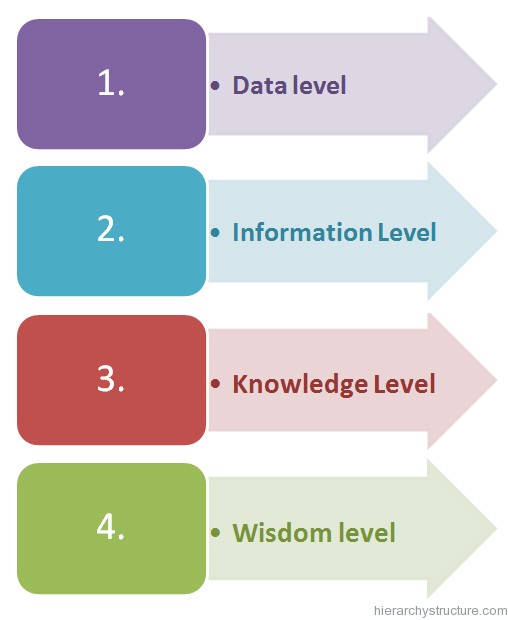Organizations are now faced with a period of on-going change and uncertainty given the rate of technological change and the scope of market pressures. Irrespective of whether an organization is currently undergoing a major change such as merger or expansion, the impact of information revolution or business intelligence is beginning to be felt and working patterns are likely to be irrevocably changed.
The challenge of managing the intellectual capital that is the business intelligence is ensuring that it does not walks out of the door. There is a strategic imperator, which suggests that managing business intelligence is a key priority since the risks of not doing so are high. Hence to, manage the business intelligence most of the organizations are developing or have developed business intelligence hierarchy, in which information exists at various hierarchical levels in quite different forms to be used for business processes.
Developing and exploiting some of the knowledge capability within the organization may be one of the few relatively untapped resources and the competitive advantage. What is becoming increasingly evident is that for information systems to work, companies are creating and generating useful knowledge which is more than just data.
Business intelligence is fundamentally about creating the conditions in which human beings create & share information, knowledge & learning in the business organizations to be used for business purposes. Following are the different levels of business intelligence hierarchy:

Data level
This is the lowermost level in the hierarchy where organizations aim at collecting data pertaining to the business and then arranging it in a searchable and required format. The data at this level works as a repository of useful but unarranged & unstructured information in a raw format.
Information Level
The second level of business intelligence hierarchy is information level where data is interpreted and stored in the right context of intelligence. The required contexts are applied on data and the resulting information helps the business organizations to create their own knowledge processing stores where information pertaining to business activities and performance can be easily obtained. Basically at this level right meaning is given to the raw data.
Knowledge Level
Knowledge is developed by applying patterns to the information at the lower level. Knowledge in various forms is required in different parts of the organization and hence organizations are nowadays working on the mapping of available information through their expert Business System to process the information into knowledge. The amount and the pace of change within businesses is so high that it has become a basic requirement of organizations to keep abreast of the existing knowledge and identify the knowledge needed for the future.
Hence this level of hierarchy provides this knowledge to the business organization with the help of their fuzzy logic systems, Decision Support systems and information systems.
Wisdom level
This is the highest level of the business intelligence hierarchy where organizations tend to empower by applying their processed knowledge to change and refine their existing business processes in order to enhance the productivity of the organization
Know more about Marketing Business Hierarchy Click Here
